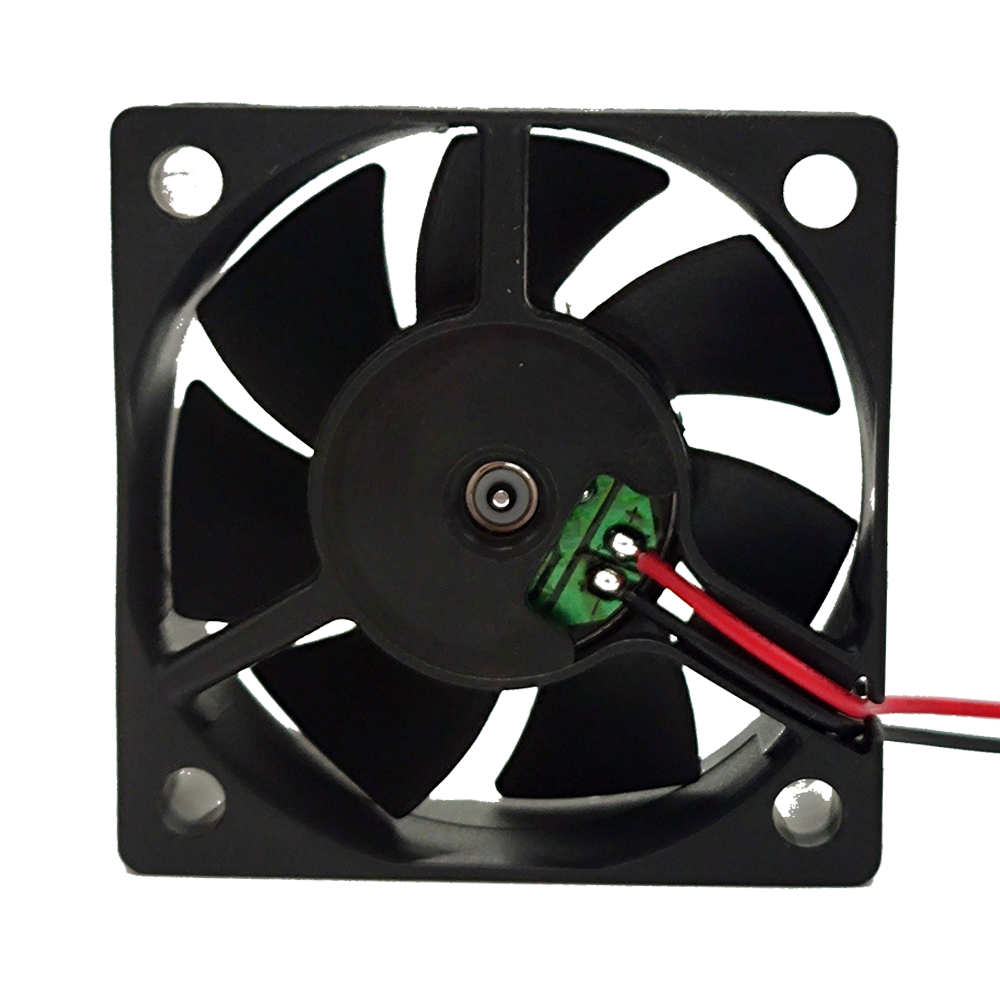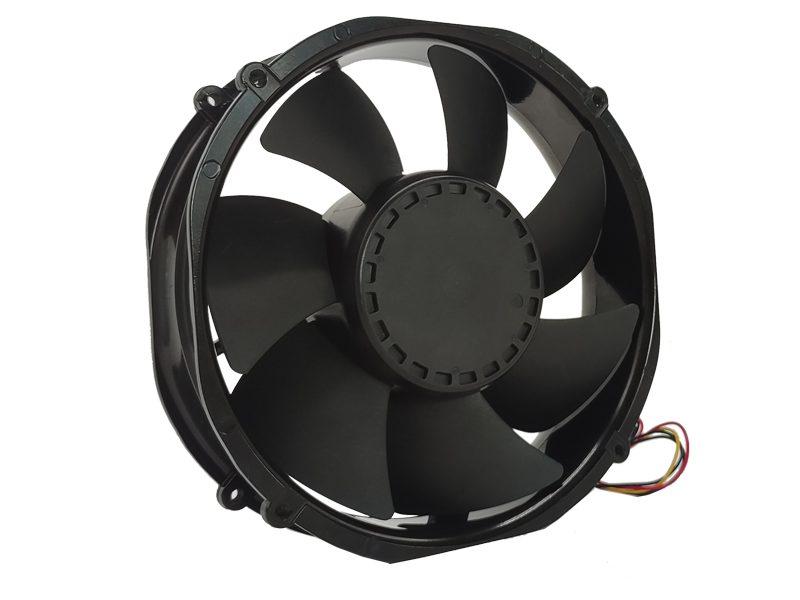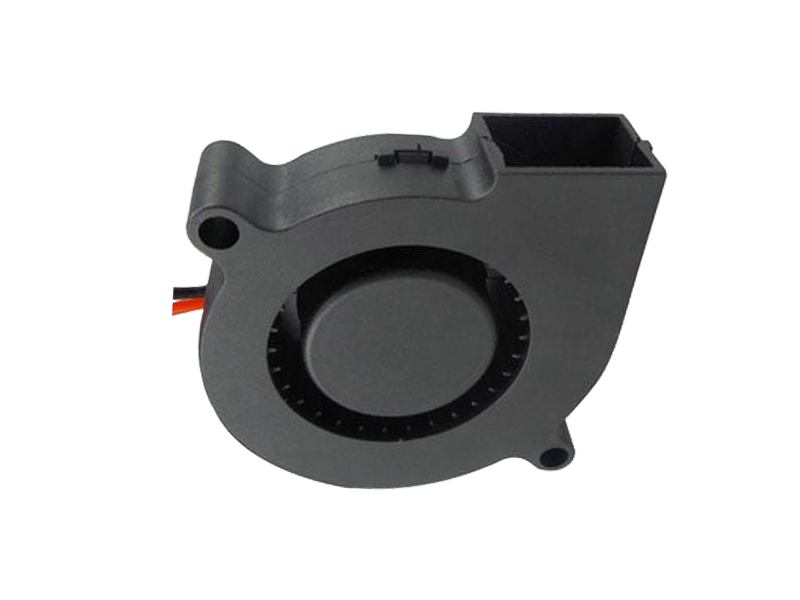Introduction
In an era of Industry 4.0 and smart manufacturing, industrial fans have evolved from mechanical airflow devices to critical components of integrated production systems. Modern factories demand fans that balance aerodynamic efficiency, energy optimization, and IoT connectivity. This article explores how product innovation is reshaping industrial fans into intelligent, adaptive, and future-ready solutions.
1. Material Science Breakthroughs
Composite Blades: Advanced polymers like PEEK (Polyether Ether Ketone) reduce weight by 40% while maintaining structural integrity, enabling higher RPMs and 25% greater airflow.
Ceramic Bearings: Silicon nitride bearings operate at 60% lower friction than steel, extending service life to 100,000+ hours in harsh environments.
Self-Healing Coatings: Polyurethane coatings with microcapsules repair surface scratches automatically, maintaining aerodynamic profiles in corrosive settings.
2. Aerodynamic Optimization
CFD-Driven Design: Computational Fluid Dynamics simulations enable blade curvature optimization, reducing turbulence by 35% and noise levels to <65 dB(A).
Variable Pitch Blades: Hydraulic adjustment systems allow real-time pitch modification, adapting to dynamic load changes in foundries or food processing plants.
Boundary Layer Control: Serrated trailing edges inspired by owl wings delay flow separation, improving efficiency by 18% at low speeds.
3. Modular Architecture
Plug-and-Play Motors: NEMA Premium Efficiency motors with interchangeable stators reduce downtime during maintenance.
Quick-Release Guards: Magnetic fastening systems cut guard replacement time from 30 to 5 minutes.
Stackable Frames: Modular housing designs enable vertical scaling for warehouses with fluctuating inventory heights.
4. Digital Integration
Embedded Sensors: Vibration (ISO 10816-3), temperature (PT1000), and airflow (hot-wire anemometer) sensors feed data to PLCs.
Predictive Analytics: Machine learning models analyze sensor data to predict bearing failures 3 months in advance.

Cloud Connectivity: MQTT protocols enable remote firmware updates and performance monitoring via dashboards.
5. Case Study: Automotive Stamping Plants
A Tier 1 supplier reduced energy costs by $120,000/year by replacing fixed-speed fans with VFD-controlled units featuring:
Demand-based speed regulation via pressure transducers
Automatic shutdown during line idle periods
98% efficient backward-curved impellers
Conclusion
The industrial fan of tomorrow is a hybrid mechanical-digital system. Product teams must balance thermodynamic performance with connectivity requirements, creating solutions that adapt to real-time production demands while anticipating future regulatory and energy frameworks.
Recommended Products

The main purpose:Car charging station

The main purpose:Car charging station

The main purpose:Electronic refrigerators, water dispensers, direct drinking machines, inverter power supplies
Address:No. 4137, Longgang Avenue (Henggang Section), Henggang Community, Henggang Street, Longgang District, Shenzhen
hotline:13530005572(Chen)15112579390(Li)


Welcome all friends to come for consultation and negotiation.
Copyright 2024 @ Shenzhen Youneng Xinyuan Electronics Co., Ltd.,(industrial fans,industrial blowers,axial fans,cooling fans manufacturer,centrifugal fans,ac cooling fans,dc cooling fans)